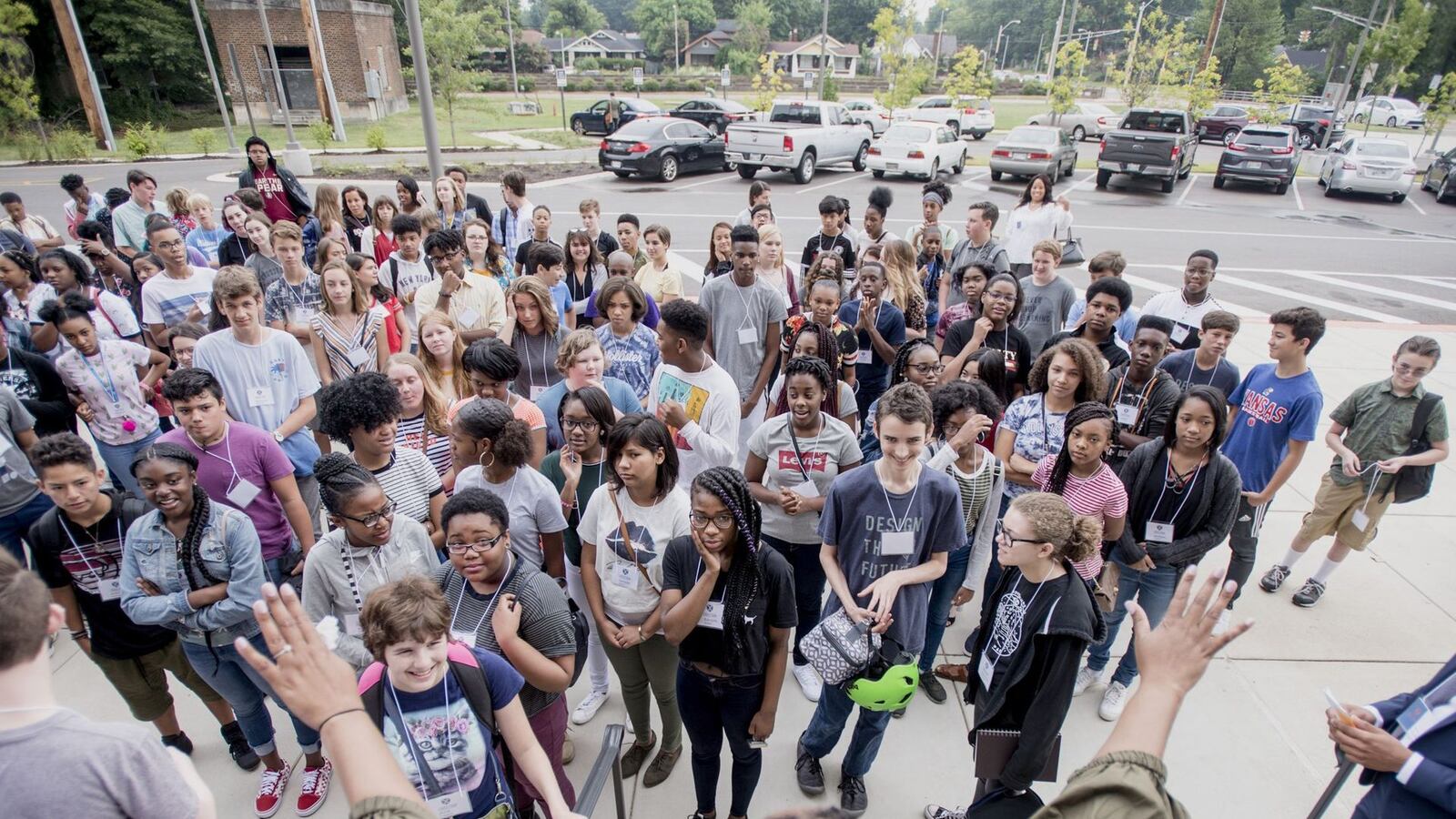On the first day of school, Sharonda Walker noticed her daughter and other students at the brand new Crosstown High School immediately sorted themselves by race as they made small talk outside the building.

“They went into packs and it was black and white,” said Walker, who is black and lives in Klondike, within walking distance of the school. “It wasn’t intentional, but people tend to hang around people that look like them.”
Leaders at the new charter school have set out to make something that is rare in Memphis, a school that is a mix of races, socio-economic levels, and academic standing. School officials mapped the district, pounded the pavement, and then adjusted their strategy as they saw their population start to fill in with mostly middle-class and affluent white students.
The demand to create diverse schools is growing, especially among charter schools that were formed as an alternative for students of color in poor neighborhoods. Education leaders across the nation have increasingly acknowledged that schools segregated by race and family income hurt students and their communities.
Crosstown High leaders are finding that all their efforts aren’t enough and that they still have work to do.
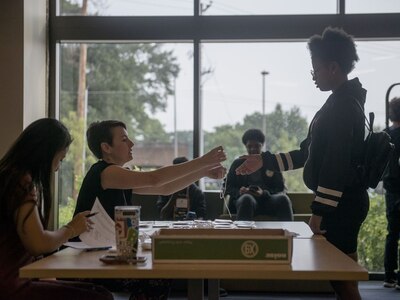
“It’s going to be ongoing work. It’s never going to be finished,” said Ginger Spickler, the school’s director of strategic partnerships and projects.
The result was 150 students that more closely mirror the demographics of the county than any other school in the district. More than a third of the students are white — making it the first charter school in Shelby County Schools to attract a significant number of white students. White students make up a small part of the entire district, about 7 percent.
Five schools have a higher share of white students than the county and Crosstown High, but most of them have academic requirements for students who want to attend. That’s not the case at Crosstown High because charter schools in Tennessee are not allowed to have admission tests. If there is a waiting list, the charter school conducts a computerized lottery to select students.
School leaders are quick to point out Crosstown High is not as diverse as they would like. They want to enroll more Hispanic students, who now represent only 2 percent of the student population. The school also fell nine percentage points below its goal for students from poor families. The school could draw more students from the neighborhood; four census tracts around the school have a median annual income of $36,643, with the lowest being $17,000. The highest was $51,000.
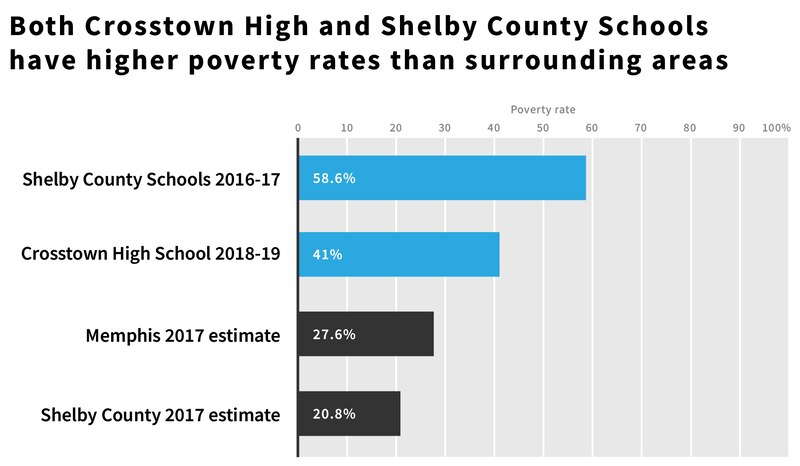
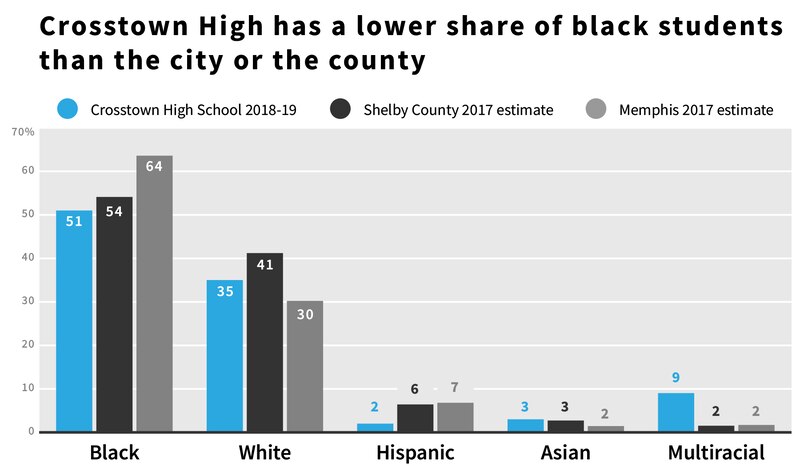
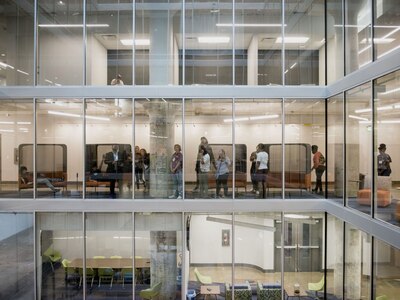
For Crosstown High leaders to have a diverse student body, they needed a diverse pool of applicants for the lottery, Spickler said.
So, they hit the road. They invited students across the city to apply — many were the same students they interviewed for a grant application to re-invent what high schools do. They tapped into various networks such as parent advocacy group Memphis Lift, student leadership organization BRIDGES, and Memphis Public Library’s student technology group, Cloud901. Along the way, school leaders preached the school’s project-based learning model, where students solve real-world problems and learn the math, science, English, and social studies skills required by the state along the way.
The effort lasted about two years. One such event at First Congregational Church featured students from middle schools in neighborhoods far flung from each other in geography and academic standing.
“I remember looking out and thinking, ‘If we can maintain this kind of representation of Memphis in everything that we’re doing, we’ll get there,’” Spickler said.
When applications first started trickling in, Crosstown High’s small team mapped where students were coming from and noticed they skewed toward white and middle-class families who were also considering private schools. That prompted the team to double down on visiting more middle schools with more students of color from poor families, Spickler said.
Map of Crosstown High students
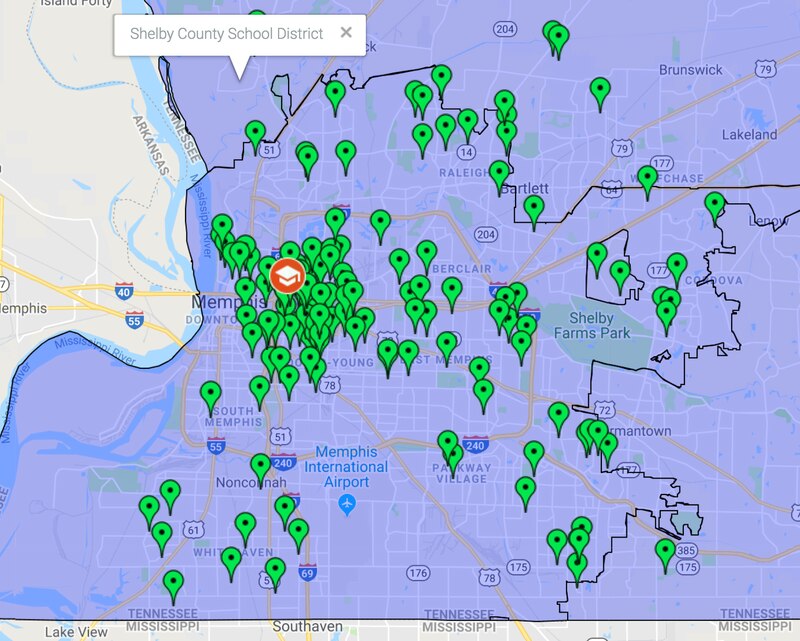
Now that students are in the building, Spickler said the main way the school plans to help students foster relationships across racial and economic lines is through what are known as advisory groups. Administrators are picking groups of about 15 students, each representing a cross section of the school. They will meet with a teacher three times a week for 45 minutes to talk about relationship building. The hope is that the group of students would stay together throughout high school.
“That’s the foundation on which the rest of the model can work because we hope students learn to support each other,” Spickler said. “If they can apply that to the rest of their academics in a healthier frame of mind, it will be better for everybody.”
School leaders are fighting an uphill battle. Memphis schools never truly integrated after the U.S. Supreme Court outlawed school segregation, according to historians. In fact, schools have become more highly segregated in the city. A little more than half of Memphis schools are highly segregated, where 90 percent or more of students are black. That’s up from about 40 percent in 1971 when a Memphis judge used those statistics to call for a plan to end school segregation.
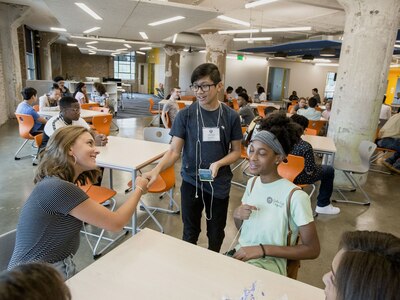
Racial and economic diversity was “a huge factor” for parent Paul Guibao, whose white son is one of the 150 ninth-graders in the school’s inaugural class.
“You have to break those barriers because they happen early and not necessarily intentionally,” he said, adding his son had attended a predominately white private school prior to Crosstown High.
“Because that’s life. You’re not going to live your life in a bubble. You’re going to deal with people from all walks throughout your existence,” said Guibao, a lawyer who lives in the affluent neighborhood of Harbor Town. “There’s a certain sheltering with people. I don’t think that’s healthy for the individual and I don’t think that’s helpful for the future of our society.”
Walker, the mother who noticed the students sorting themselves on the first day of school, said the way Crosstown is approaching learning and diversity shows there’s hope for a new model in the district.
“So, I think it’s a task,” she said. “But with the structure at hand, I believe it’s going to foster working together — learning from everyone at the table.”

